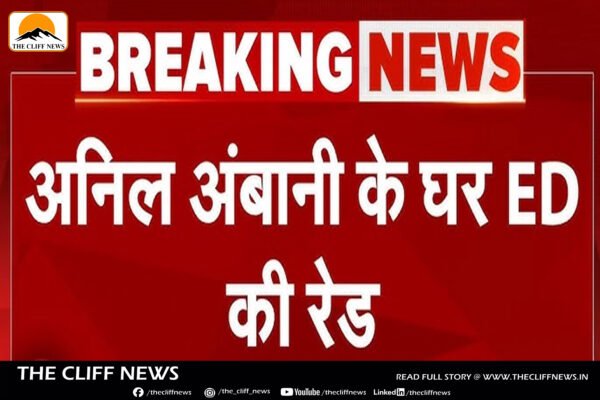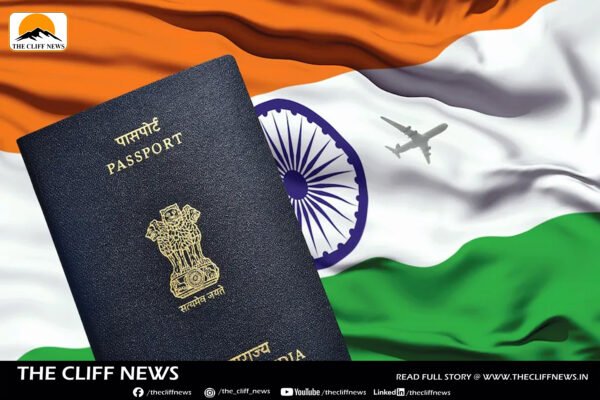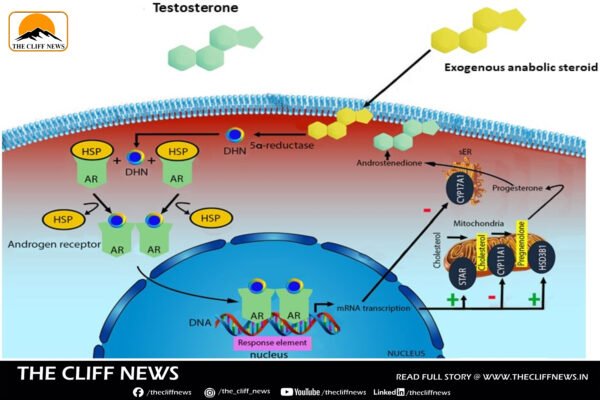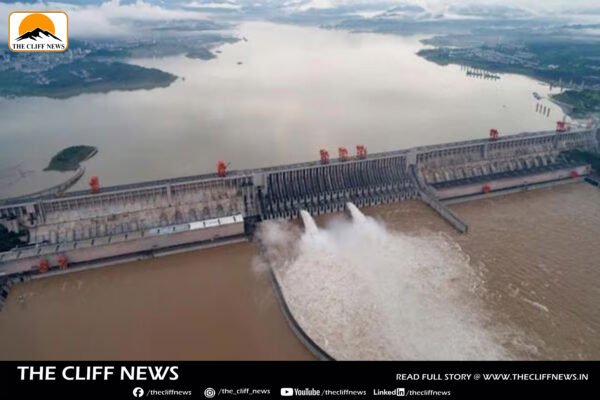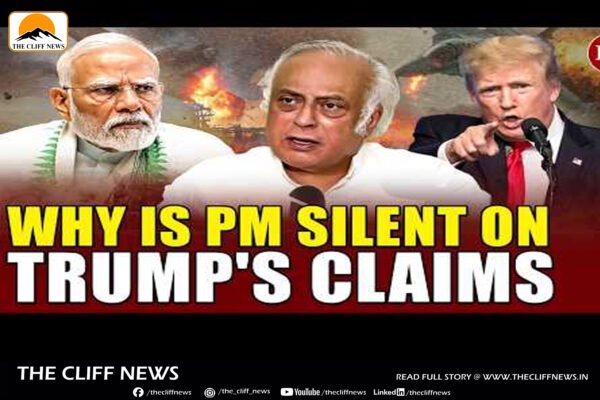Vice President Election Process Begins After Jagdeep Dhankhar’s Resignation
The Election Commission of India (ECI) on Wednesday initiated the process to elect a new Vice President of India, following the sudden resignation of Jagdeep Dhankhar earlier this week due to health reasons. Dhankhar, whose tenure was to last until August 10, 2027, stepped down midway, triggering a constitutional requirement for a fresh election. In its official statement, the EC confirmed that it has started preparing the electoral college, which includes all elected and nominated members of both Houses of Parliament — the Lok Sabha and the Rajya Sabha. The poll body is in the process of appointing returning officers, after which it will formally announce the election schedule. Electoral Process The Vice President is elected by an electoral college of 786 members (subject to vacancies), through a secret ballot using the proportional representation system via the single transferable vote method, as mandated by Article 66(1) of the Constitution. Under Article 68(2), the election to fill the vacancy must be held “as soon as possible” after it arises. The person elected will begin a full five-year term, regardless of the remaining tenure of the previous officeholder. Current Parliamentary Strength This brings the total strength of the electoral college to 782 at present. NDA’s Numerical Advantage The BJP-led NDA coalition holds a clear majority with: This gives the NDA a total of 422 votes, comfortably surpassing the estimated 394 votes required for a majority, putting it in a strong position to ensure the victory of its nominee. Significance of the Office The Vice President of India is the second-highest constitutional post in the country and also serves as the ex-officio Chairman of the Rajya Sabha. The role is crucial for maintaining parliamentary order and ensuring smooth legislative proceedings. With the process underway, the Election Commission is expected to announce the date and nomination schedule soon, setting the stage for the selection of the next occupant of this high constitutional office.


